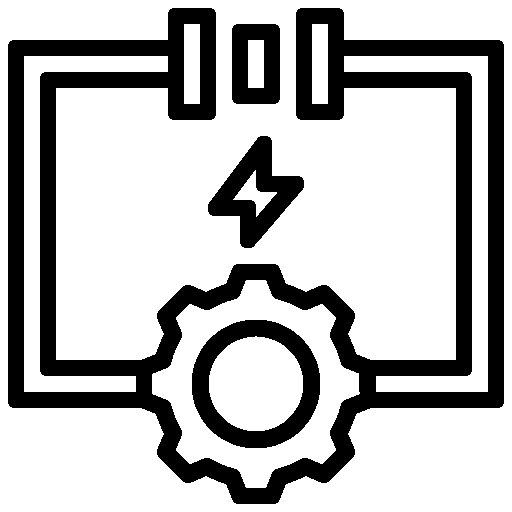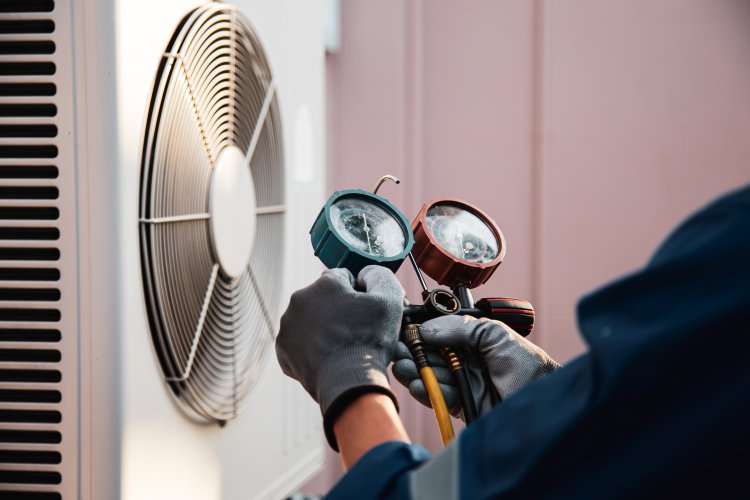This site uses cookies.
Mechtex uses cookies to enhance your browsing experience, analyze site traffic, and improve our services. By continuing to use our website, you consent to our use of cookies. To learn more, read our Privacy Policy.

Enhanced portability and provide efficient operation for optimal performance of application

Provide Precise control, optimized power distribution, and enhanced efficiency for superior motor performance

Ensures safety and reliability by preventing overheating and potential damage during operation

Ensuring Reliable and Stable Performance of Motor





EL-108, Electronic Zone, Mahape TTC Industrial Estate, Navi Mumbai - 400709, Maharashtra India




